Critical Voice Challenges in 7-12 Upper School
This analysis identifies that around 15% of students typically score all four Critical Voice elements both negatively and there are further concerns with the additional 25 to 30% that tend to feel comfortable with critical thinking but not conversations across differences as well as feeling they have voice inside but not outside class.
Teaching Identity and Learning to Think in Middle School
…two thirds of the students positively affirm that the school does support understand their identities while slightly less than 50% believe the school teaches them to learn how to think versus simply taking in facts and mastering skills. Which quality is more foundational and how are they interdependent?
Lower School Overall Score Influences
…3rd and 4th graders have between a 20 and 25% higher probability of being in the group of negative/low scores, while students identifying as Prefer to be Alone show an additional 15% probability of negative/low scores.
Socialization Differences in Lower School
…the “Social” demographic divides into three categories: Prefer to be Alone, Wishing for More Friends and Large Network of Friends. Results for K – 4 show that students identifying in each category have a distinct developmental experience.
Understanding Faculty Contradictions in Views and Values
Since the set of qualities measured are believed to reinforce one another to varying degrees, but always in a positive manner, weak correlations between qualities require consideration. The nature of the faculty “Deeper Contradictions” output varies significantly between schools. Using six examples, the narrative and data examine the implications of a large set of contradictions in a faculty survey.
At Risk for Losing Sleep or Focus Over Issues at School
Analysis quantifies the risks of reporting a negative Trauma scoring meaning the student was traumatized. The highest risk factors are linked to the identities Gender Other, Prefer to be Alone under Social, and Diagnosed Learning Disabilities. Each identity alone adds 10% or more risk.
Faculty Perceptions Versus Student Realities
Comparing faculty quality scores of their views of the student experience, the most optimistic positive difference on average is +1.0 for the quality Academic Validation. At the other extreme, faculty are most overly pessimistic about the Socioeconomic quality by an even larger factor of -1.5.
The K through 12 Experience
In each of the three grade-based phases (Lower, Middle and Upper School), students tend to begin with a more positive outlook which then declines as they move forward in that phase. Interestingly, when students transition to the next phase, their views of the school demonstrably improve and they restart the cycle.
How Students’ Friend Groups Help with Challenges and Belonging
Association Range measure the breadth of friendships a student enjoys. The data shows interesting linkages between Association Range scores and students’ reporting traumatic events as well as a sense of belonging. Middle School students can benefit from a deeper understanding of these relationships.
Students’ Choice of “Prefer Not to Answer”
In early surveys’ identity selections 7-12 students chose “Prefer not to answer” 3% of the the time. In 5 or so years this level nearly tripled to over 8%. The range across individual schools is 5% for the lowest schools to 10%. Some surveys encounter as much as 20% selection for Sexual Orientation and Political identities.
Play and its Lessons
Play helps develop cultural competence, dealing with power and conflict, interacting with emotional dynamics as well as concepts around fairness.
The Broader Role of Middle School Associations
Student feedback confirms the strongest linkages between a broad range of relationships (associations) with three aspirational qualities: Multicultural Orientation, Socio-emotional Development, and Voice in Class.
